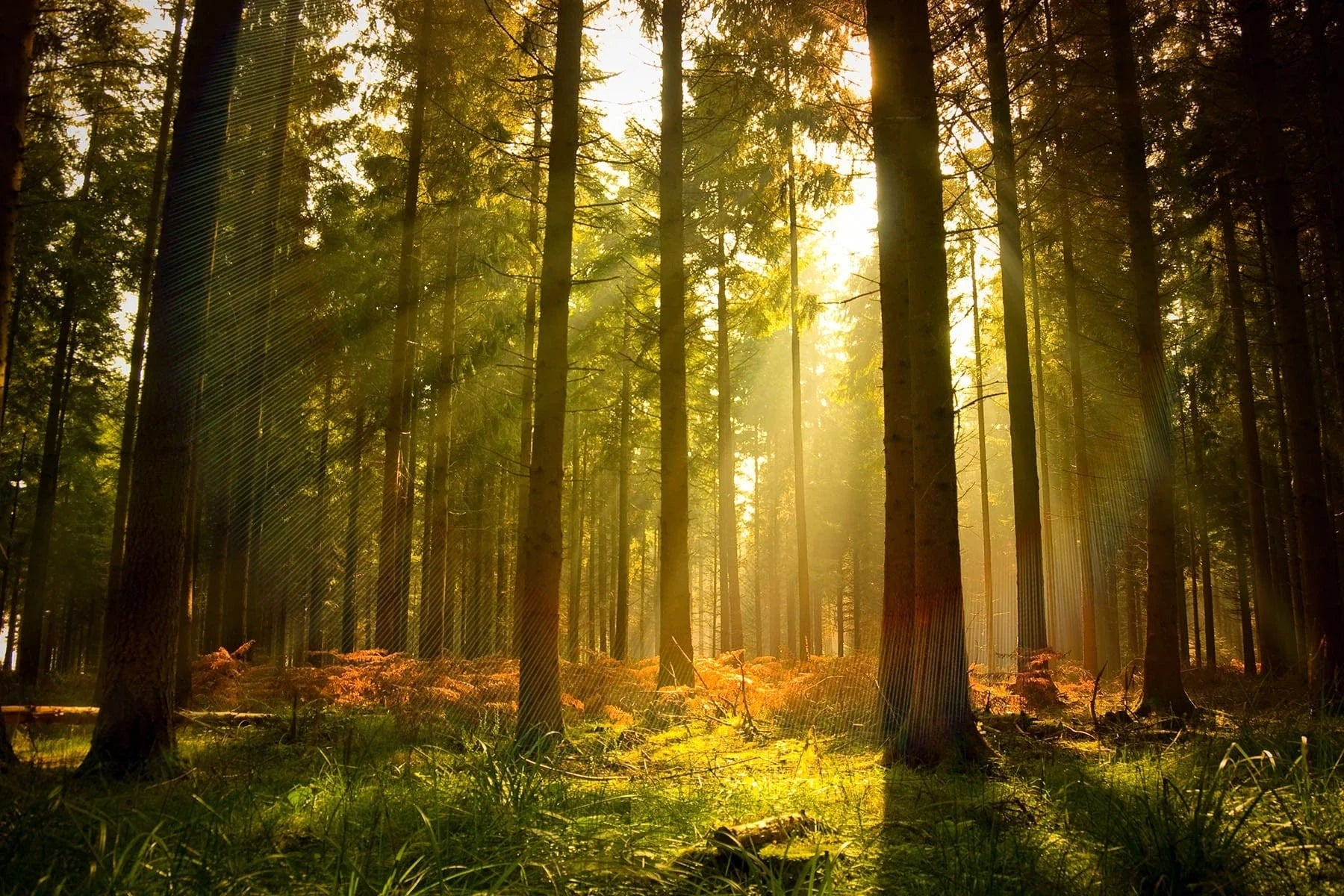Index Surge: Amplifying Your Insights
Stay updated with the latest trends and news across various industries.
Nature's Canvas: Capturing the Wild in Every Click
Explore breathtaking wildlife photography tips and secrets to unleash your inner artist in Nature's Canvas! Discover the wild in every click.
The Art of Wildlife Photography: Tips for Capturing Stunning Nature Shots
Wildlife photography is not just about having a sophisticated camera; it's an art that requires patience, skill, and a deep understanding of nature. To capture stunning nature shots, start by researching your subject. Familiarize yourself with the animal's behavior and habitat to increase your chances of getting the perfect shot. Use the right equipment, such as a telephoto lens, to get close-ups without disturbing the wildlife. Additionally, consider the lighting during different times of the day; the golden hours of early morning or late afternoon often provide the best conditions for capturing striking images.
Another essential technique in the art of wildlife photography is composition. Utilize the rule of thirds to create a more dynamic image by positioning your subject off-center. Observe and wait patiently for unique moments, such as animals interacting or displaying interesting behaviors. Lastly, remember to respect the wildlife and their environment. Keep a safe distance and avoid any actions that could stress or harm animals. By blending technical skill with ethical practices, you can truly enhance your wildlife photography experience and create breathtaking nature shots that resonate with your audience.

Exploring the Best Locations for Wildlife Photography Around the World
Exploring the best locations for wildlife photography begins with understanding the various environments that are home to diverse species. From the icy landscapes of Antarctica to the lush rainforests of the Amazon, each location offers unique opportunities for capturing breathtaking images. Some of the top destinations include:
- Yellowstone National Park, USA – Known for its geothermal wonders and wildlife such as bison and elk.
- Serengeti National Park, Tanzania – Famous for the Great Migration, where millions of wildebeest and zebras cross the plains.
- Costa Rica – A biodiversity hotspot, perfect for capturing colorful birds and exotic mammals.
In addition to these well-known spots, there are lesser-known gems that also provide fantastic opportunities for wildlife photography. For instance, Kruger National Park in South Africa boast a wide array of species including the Big Five: lions, leopards, rhinoceros, elephants, and buffalo. Visiting during the early morning or late afternoon can result in striking photographs with the golden hour light. Furthermore, the pristine environment of Galápagos Islands allows photographers to get up close with unique species like the giant tortoise and marine iguanas, making it an ideal location for nature enthusiasts.
How to Choose the Right Equipment for Capturing Nature's Beauty
When it comes to choosing the right equipment for capturing nature's beauty, the first step is to determine your specific needs and preferences. Consider the type of photography you plan to pursue—landscapes, wildlife, or macro photography, for instance. Each genre may require different equipment. A good starting point is to invest in a DSLR or mirrorless camera with manual settings to give you the flexibility to adapt to varying lighting conditions. Additionally, a versatile lens, such as a 24-70mm zoom lens for landscapes or a high-quality telephoto lens for wildlife, can significantly enhance your options.
In addition to your camera and lenses, think about other essential gear that can improve your outdoor photography experience. A sturdy tripod is invaluable for stability, particularly in low light or during long exposures. Don't overlook the importance of a good weather-sealed camera bag to protect your gear from the elements. Filters, such as polarizers and ND filters, can also be beneficial for managing light and reflections in nature scenes. Remember, investing in quality equipment suited to your style will make your journey in capturing nature's beauty more rewarding.